NATIONAL MUSEUM OF NATURAL HISTORY
Nine Free Natural History Programs Streaming in March
Stream these free programs and more this March through the Smithsonian’s National Museum of Natural History.
/https://tf-cmsv2-smithsonianmag-media.s3.amazonaws.com/blogging/featured/Red_surface_of_Mars_against_the_black_background_of_space.jpg)
The Mother Tongue Film Festival, a virtual science café and a screening of “Frozen Obsession;” stream these free programs and more this March through the Smithsonian’s National Museum of Natural History.
Sixth Annual Mother Tongue Film Festival
Ongoing

Celebrate cultural and linguistic diversity by tuning in to the Smithsonian’s Mother Tongue Film Festival. This year, the Festival features 45 films in 39 languages from around the globe, highlighting the crucial role languages play in our daily lives. The Festival will be hosted entirely online with monthly screenings through May.
This month’s featured event includes a roundtable discussion on March 19 that explores anthropologists and filmmakers Lina Fruzzetti and Ákos Östör’s thirty-year collaboration—spanning numerous publications and 6 films. Moderated by Alice Apley, director of the Documentary Education Resources and joined by Pam Wintle, senior film archivist at the Smithsonian’s Human Studies Film Archive, this roundtable will focus on Fruzzetti and Östör's important body of work, and the trajectory and craft of their filmmaking and storytelling as anthropologists.
What Mars Reveals About Life in Our Universe
Mar. 3, 1 p.m. ET
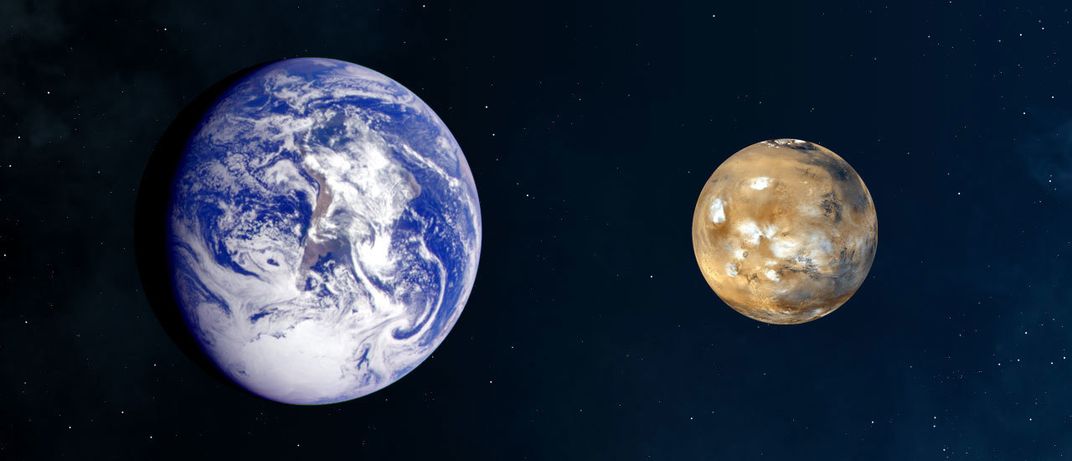
Explore Mars, Earth and more in this live, interactive webinar. Hear from Smithsonian scientists about the meteorites, planets and atmosphere they study, how they study them and what some of these far-flung objects from Earth's solar system reveal about life in our Universe. You will be able to respond to polls and submit questions to be answered live by the scientists.
This webinar is part of the museum’s ongoing “Smithsonian Science How” program, a series of live, interactive webinars that connect students to authentic science, discoveries and collections.
A Screening of “Frozen Obsession”
Mar. 4, 5 p.m. ET
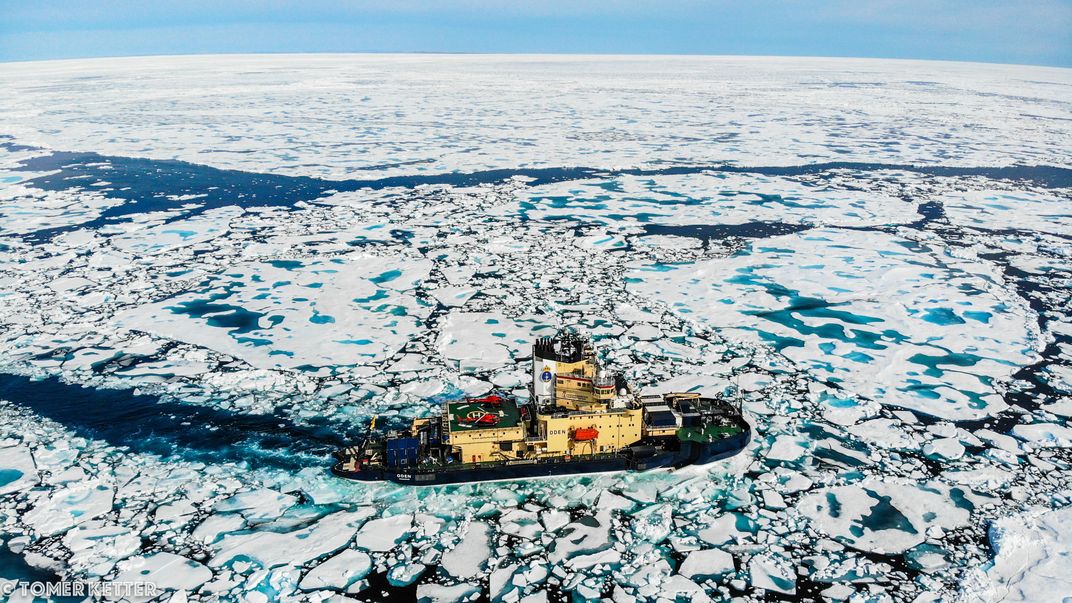
For centuries sailors were obsessed with finding a path across the mostly frozen arctic. Now, scientists are racing to understand a warming Arctic, and how these environmental changes will affect all of Earth’s inhabitants. “Frozen Obsession” follows the 18-day, 2000-mile Northwest Passage Project, a groundbreaking journey by scientists and students through the stunningly beautiful and extreme Canadian Arctic.
After watching the film, join us for a virtual discussion with the filmmaker and co-principal investigator David Clark, two oceanographers from the expedition Brice Loose and Donglai Gong and one of the undergraduate students aboard the vessel, Korenna Estes. In a conversation moderated by National Museum of Natural History ocean educator Meaghan Cuddy, they’ll offer insight into the expedition’s research, the impacts of a warming Arctic and the next generation of climate scientists.
Saving Baby Sea Turtles One Light at a Time
Mar. 10, 11 a.m. ET
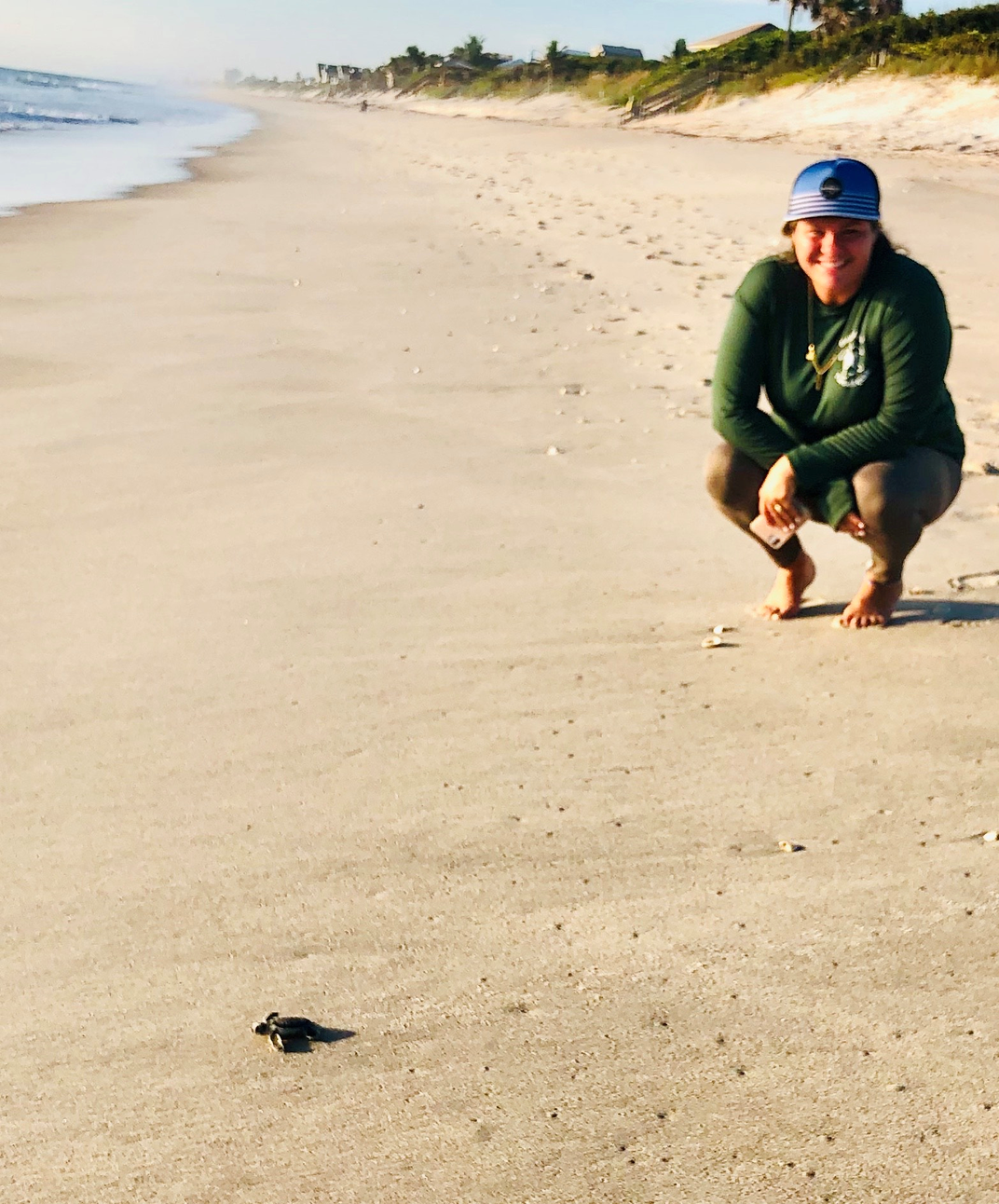
Hatchling sea turtles’ journey from the nest to the sea can be challenging. They must overcome disorientation, beach mortality and decreased survivorship from artificial lighting used by humans before they reach the open water. In this program, learn more about how hatchling sea turtles make their way safely from beach to ocean and hear from Ashley Miller Chelberg, a researcher at Archie Carr National Wildlife Refuge, who studies hatchling orientation and relationships with the lighting environment to better support the sea turtles' harrowing journey.
This webinar is part of the Smithsonian Marine Station’s “Marine Science in the Morning” program, a morning lecture series where marine science professionals share their work with you.
Virtual Science Café: Swimming Sea Snails, Microfossil Shells and Identifying Human Remains
Mar. 11, 5 p.m. ET
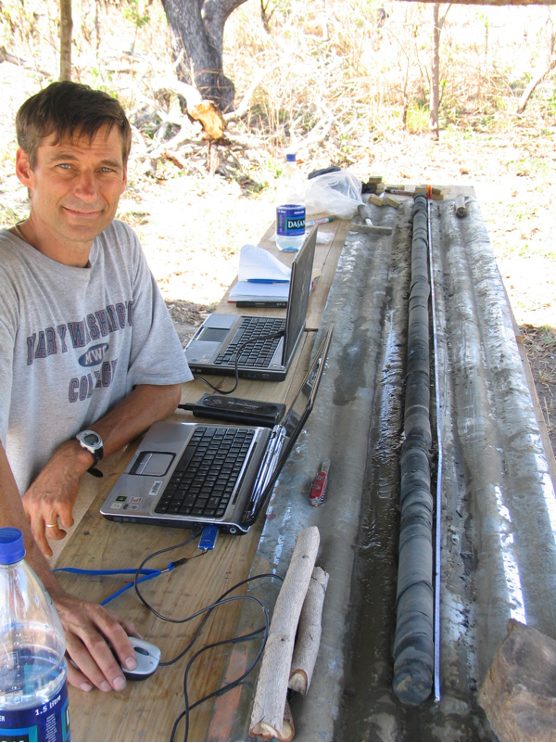
Sit back, relax and enjoy our virtual science café where scientists will talk about the life of snails adrift on the ocean, the microscopic shells revealing the history of climate change and how forensic science and chemistry help close cases of unidentified human remains and missing persons investigations.
To help you set the stage at home for this virtual science café, we’re teaming up with Washington, D.C.-local restaurant Busboys and Poets. Upon registration, you'll receive an order link before the program. Whether you're local or not, you can shake up a themed drink to enjoy using a recipe provided by Busboys and Poets.
The virtual science café is designed for adults.
A Reading of Amazing Brains
Mar. 13, 11 a.m. ET
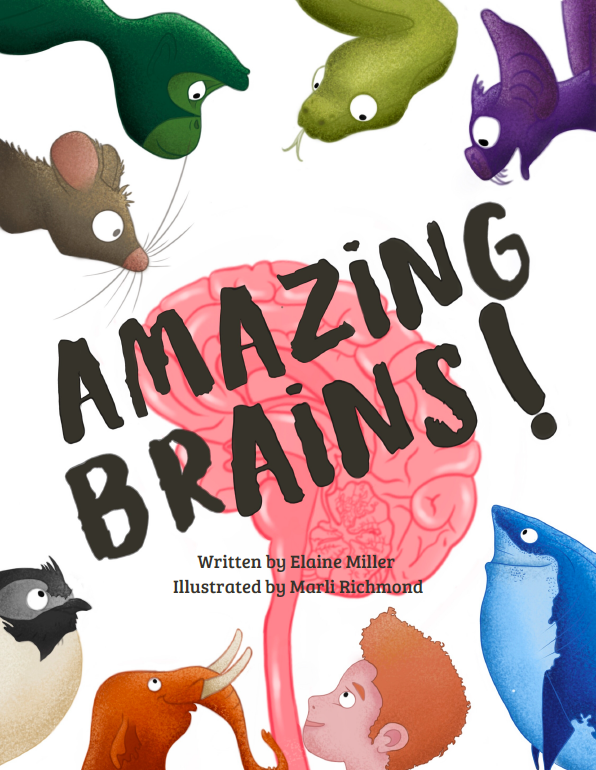
Animal brains come in different shapes and sizes. Find out why in this interactive webinar with special guests, brain scientist Elaine Miller and Visual Designer and Illustrator Marli Richmond, who will read their book “Amazing Brains!” After the book reading, Richmond will lead a draw-along of different animal brains.
This program is intended for families with children ages 5 and up.
The “Hobbits” of Human Evolution
Mar. 18, 11:30 a.m. ET
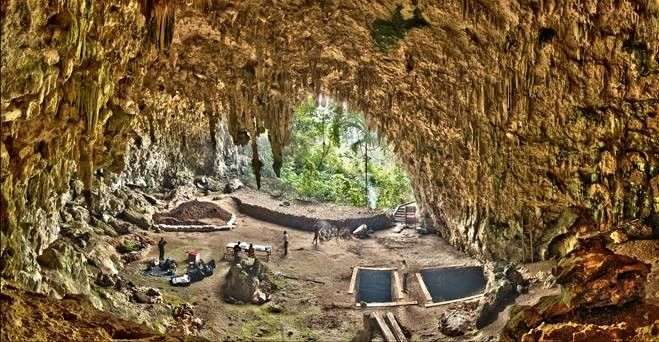
Almost 20 years ago, a human skeleton was found in a cave on a remote Indonesian island. It was short — about one meter tall — and had a chimp-sized brain. The discovery shocked scientists as they realized it was an entirely new early human species. Tune in for a conversation with Dr. Matt Tocheri, the Canada research chair in Human Origins at Lakehead University and a research associate in the Smithsonian Institution's Human Origins Program, who will talk about his research and answer your questions about Homo floresiensis, the enigmatic “hobbits” of human evolution.
This program is part of the museum’s ongoing HOT (Human Origins Today) Topic series. It is moderated by Briana Pobiner, a paleoanthropologist and educator at Smithsonian’s National Museum of Natural History.
Tour the National Museum of Natural History’s Microscopic Collections in Spanish
Mar. 21, 2 p.m. ET
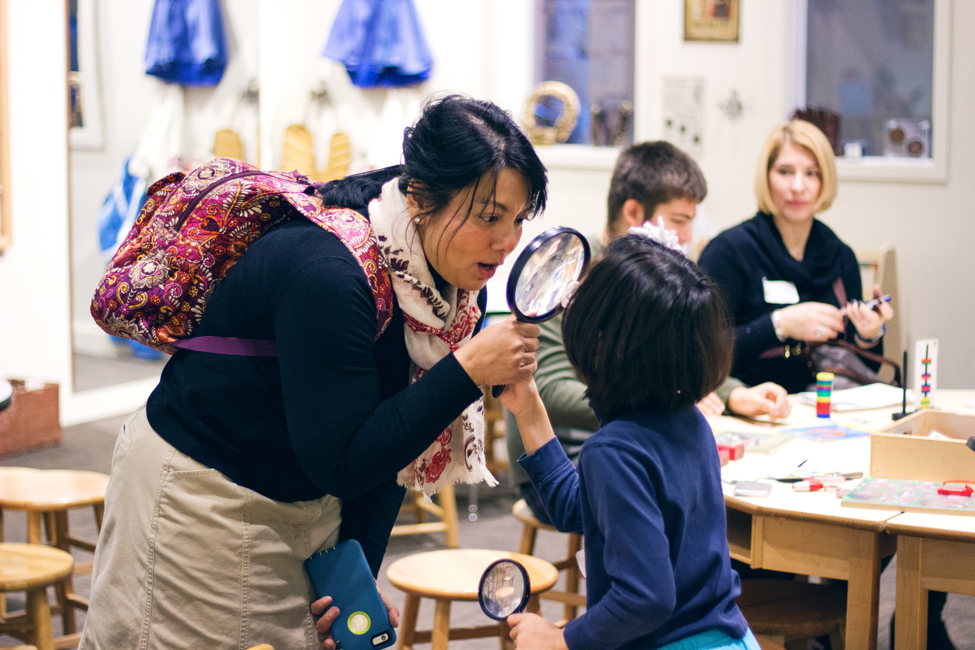
Go on a special tour of the National Museum of Natural History’s microscopic collections. In this interactive webinar, you will see and explore the microscopic mysteries of museum collection objects, like fossils smaller than a grain of sand and the scales on butterfly wings. This program will stream in Spanish and is perfect for families.
Predation and Herbivory in Seagrass Beds
Mar. 24, 11 a.m. ET
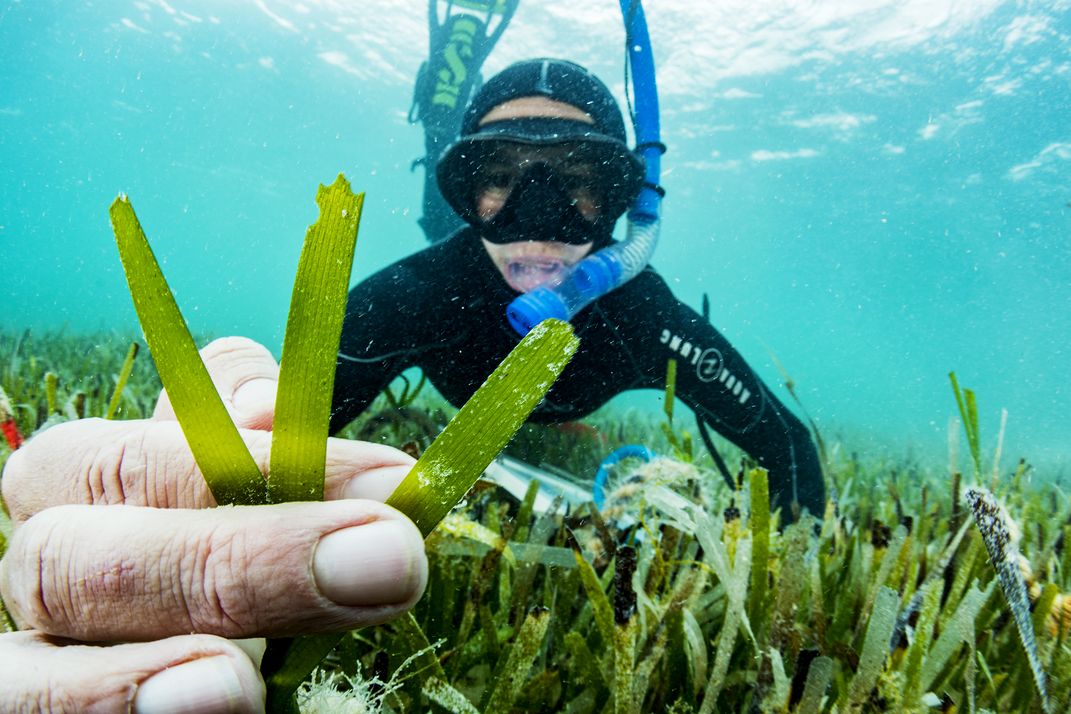
Fishing, pollution and climate change affect seagrass’ health and ability to function within their ecosystems. In this virtual lecture, marine scientist Dr. Olivia Rhoades will talk about her work with the Thalassia Experimental Network, an international partnership of 13 academic, nonprofit, government and community partners in the Gulf of Mexico and Caribbean examining these effects on seagrass ecosystems. Learn about the feeding behaviors of small- and medium-sized fishes in these areas, how these behaviors vary in space and time across the network and why.
This webinar is part of the Smithsonian Marine Station’s “Marine Science in the Morning” program, a morning lecture series where marine science professionals share their work with you.
Can’t make one of the programs? Check out the museum’s archive of past programs.
Related stories:
Seven Ways to Learn About Natural History From Home
What Antarctic Meteorites Tell Us About Earth’s Origins
These are the Decade’s Biggest Discoveries in Human Evolution
What an Asteroid Could Tell Us About Ancient Earth
Get to Know the Scientist Reconstructing Past Ocean Temperatures

